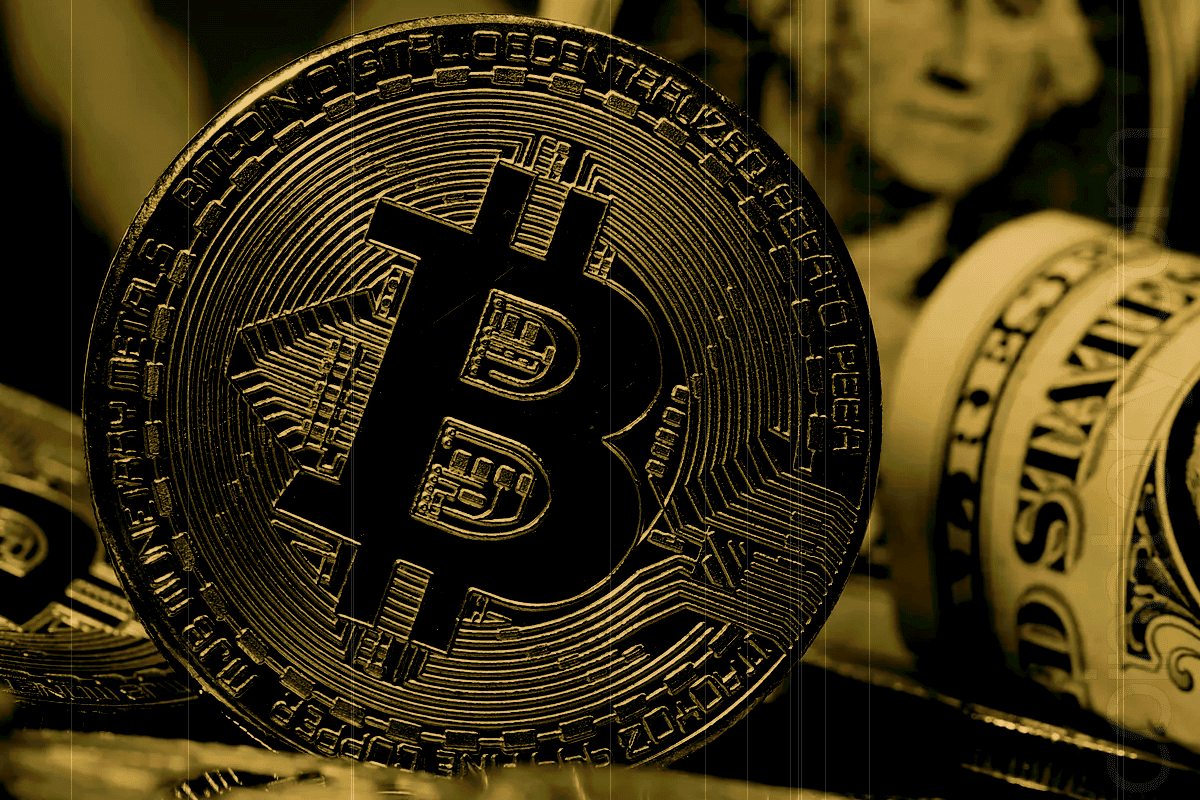
Robinhood (ticker: HOOD) is currently trading near its historical peak, buoyed by its expanding adoption of blockchain technology and tokenization initiatives. Over the past month, the stock has advanced roughly 30%, driven by the firm’s entry into new growth avenues amid ongoing regulatory scrutiny.
On Wednesday in New York, HOOD reached a high of $94.65—just 4% below its all‑time closing high set on July 2. Anchored by a 27% one‑month gain and a year‑to‑date surge of 137%, Robinhood’s market capitalization now exceeds $82 billion.
While a 50% year‑over‑year revenue leap in Q1 to $927 million has underpinned investor confidence, the stock’s recent acceleration coincided with late‑June’s announcement of a tokenization‑focused Layer 2 blockchain. Built on the Arbitrum network, this platform is set to enable tokenized US stocks and exchange‑traded products for European investors.
In parallel, Robinhood has proposed launching the Real World Asset Exchange in the United States—a platform designed for on‑chain settlement of traditional assets.
Robinhood CEO Vlad Tenev is doubling down on the firm’s tokenization strategy, even as its European regulatory overseers express caution. The Bank of Lithuania—responsible for regulating Robinhood’s European operations—has requested details concerning tokenized equity offerings linked to private companies such as OpenAI and SpaceX.
Tenev clarified that these instruments are not traditional equity but appear to function as derivatives, offering indirect exposure to non‑public firms. According to Galaxy Research, such private equity tokens operate more like “derivatives.” In a recent Bloomberg interview, Tenev noted that multiple private companies have approached Robinhood regarding access to equity via tokenized structures similar to those used for SpaceX and OpenAI.







